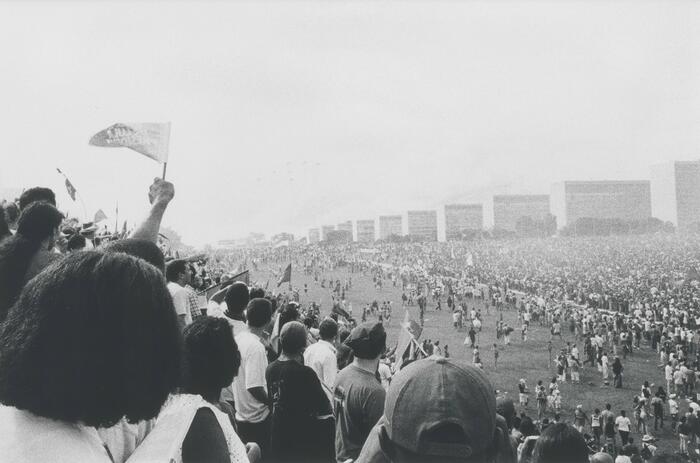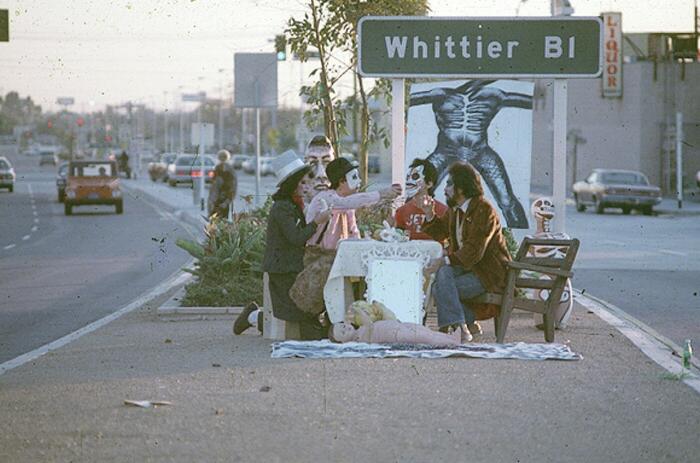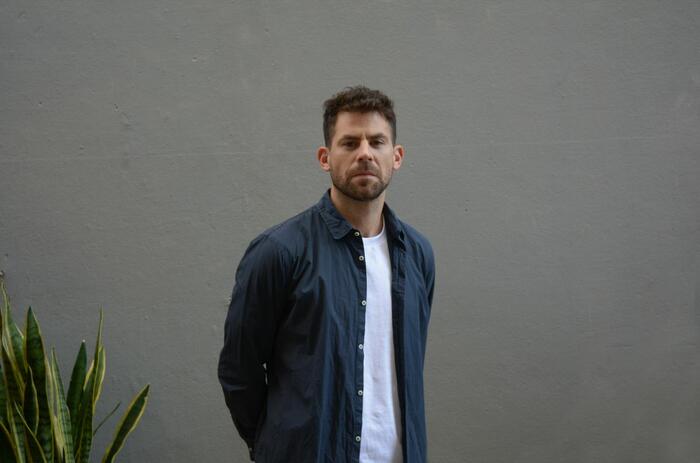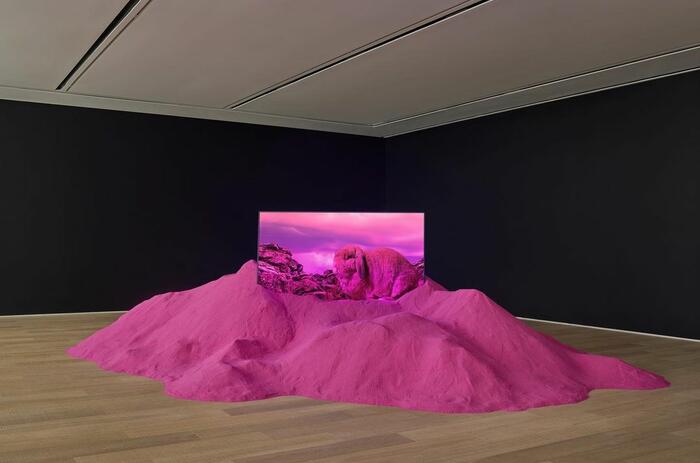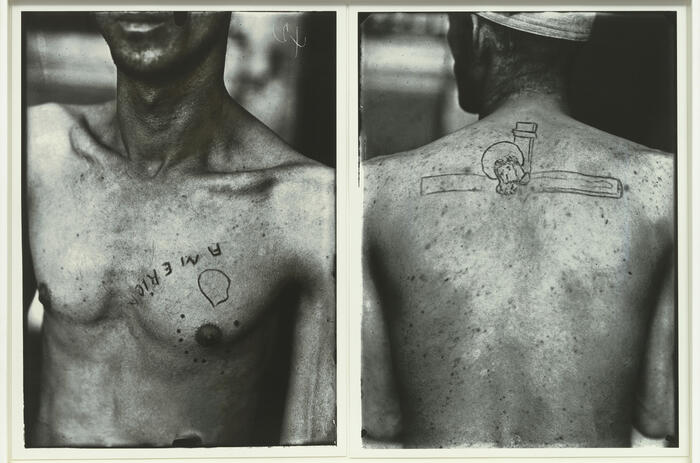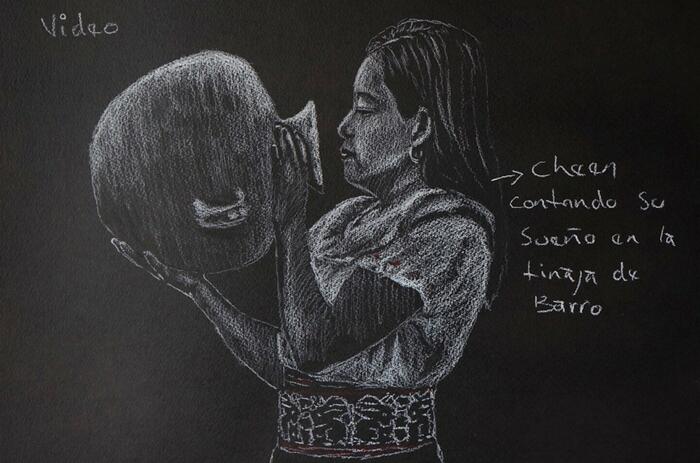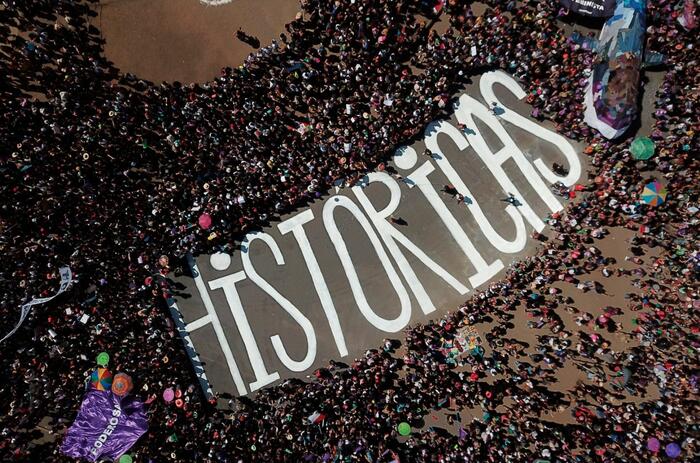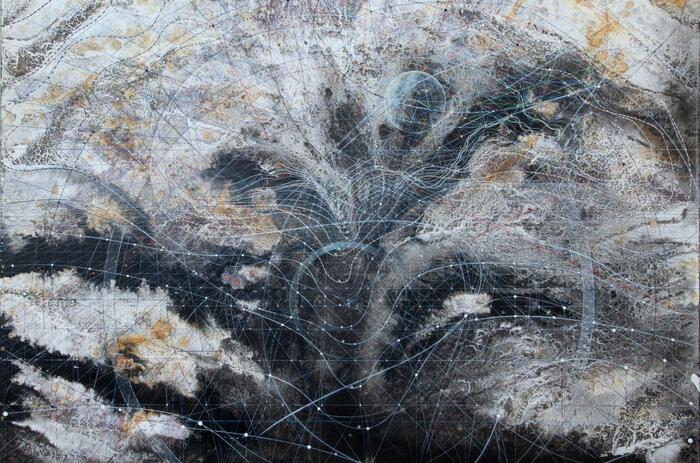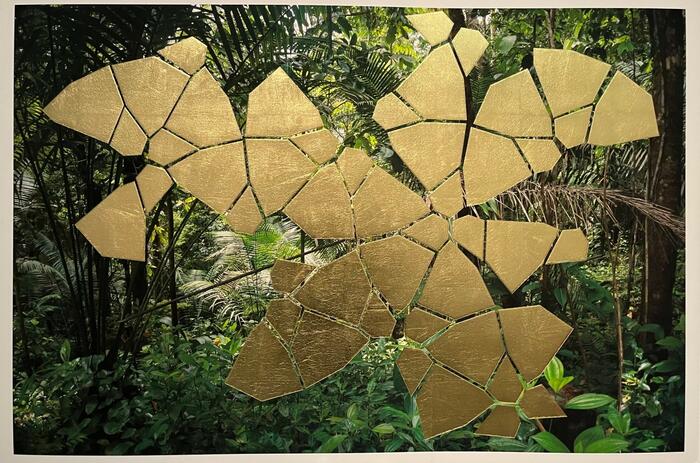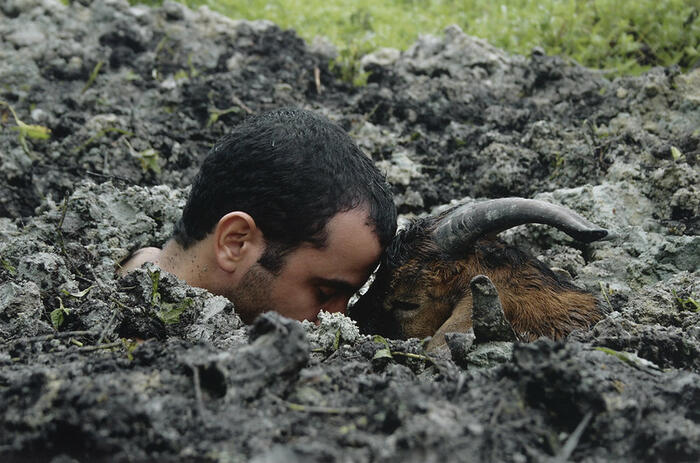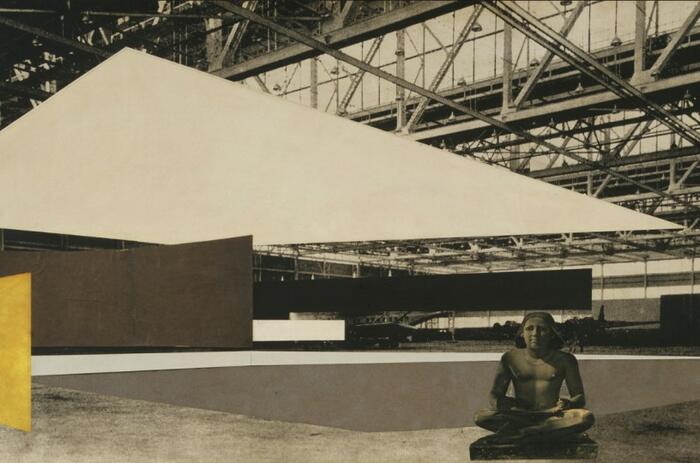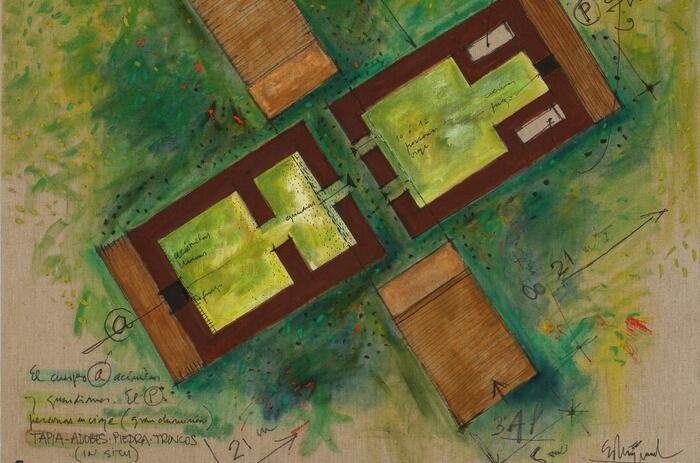LATIN AMERICAN ART FUSIONS WITH HISTORY AT MoMA
Chosen memories: Contemporary Latin American Art from the Patricia Phelps de Cisneros Gift and Beyond is a mayor exhibition at MoMA that gathers approximately 65 works by Latin American artists who, over the last four decades, have looked at history as the source material for new work.
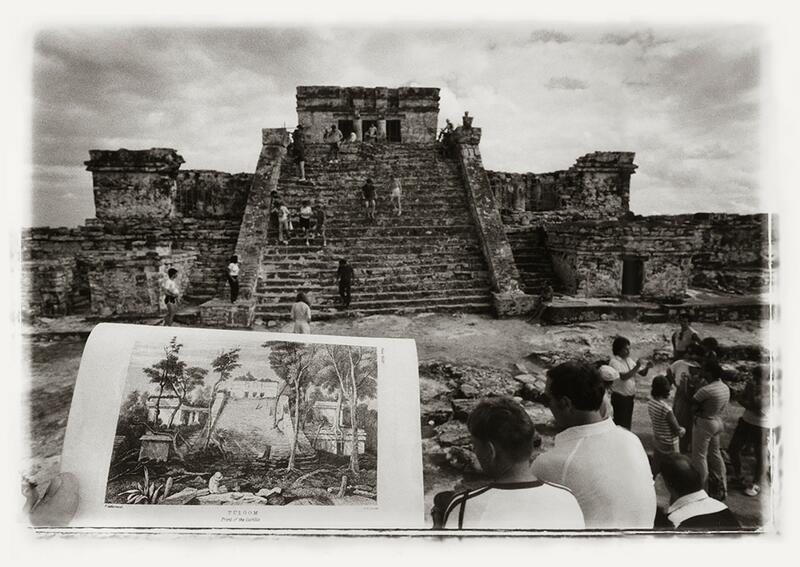
The exhibition focuses on late-20th and early-21st century artworks from the transformative gifts made by the Colección Patricia Phelps de Cisneros to the museum over the last 25 years.
Videos, photographs, paintings, and sculputres are presented in dialogue with MoMA’s extensive Latin American collection, recent acquisitions, a new commission, and select loans. Chosen Memories features works by approximately 40 artists from different generations working across Latin America over the last four decades including Alejandro Cesarco (Uruguay), Regina José Galindo (Guatemala), Mario García Torres (Mexico), Leanrdo Katz (Argentina), Suwon Lee (Venezuela), Gilda Mantilla (Peru) and Raimond Chaves (Colombia), Cildo Meireles (Brazil), Rosângela Rennó (Brazil), Mauro Restiffe (Brazil), and José Alejandro Restrepo (Colombia), among others.
Organized by Inés Katzenstein, Curator of Latin American Art and Director of the Patricia Phelps de Cisneros Research Institute for the Study of Art from Latin America; with Julia Detchon, Curatorial Assistant, Department of Drawings and Prints.
“The artworks in this exhibition demonstrate that some of the most relevant art of the present is conceived through investigating and retelling history in new ways,” says curator Inés Katzenstein. “This exhibition will introduce visitors to key Latin American artists working in recent decades who have engaged with the past as a means to repair histories of dispossession, reconnect with undervalued cultural legacies, and strengthen threads of kinship and belonging.”
Chosen Memories begins with a sound piece that imagines the calls of extinct birds by Naufus Ramírez-Figueroa and Rosângela Rennó's Wedding Landscape (1996), which addresses the mnemonic and material challenges of collective memory. Together these works introduce visitors to the exhibition's three main sections: Returns, Reverberations, and Kinships.
In Returns, artists reexamine and reframe visuals of the Latin American landscape, as seen in works such as José Alejandro Restrepo’s Paso del Quindío I (1992) and Leandro Katz’s photographic series The Catherwood Project (1985–95), both based on images produced by European explorers in the region. A grouping of works in this section, including Regina José Galindo’s Looting (2010), show how colonial views of the landscape and its natural resources continue to shape economies of the present.
The next section, Reverberations, brings together works by artists who revisit undervalued or forgotten cultural heritages. This section features a recent video by Las Nietas de Nonó titled FOODTOPIA: Después de todo territorio (2020), as well as Je ne sais si c’en est la cause (2009–02), Mario García Torres’s investigation of lost chapters of art history among the ruins of a Caribbean resort. Reverberations also includes drawings by artist Sheroanawë Hakihiiwë depicting traditional symbols used by his Yanomami community, alongside a selection of photographs by his longtime friend Laura Anderson Barbata, documenting her experiences in the Amazon region.
Focusing on inherited and chosen family histories, the final section, Kinships, includes works that examine processes of mourning and memorialization. This section features two video works: Alejandro Cesarco’s video portrait Present Memory (2009), which captures an intimate view of the artist’s father during his final days; and Paulo Nazareth’s Antropologia do negro II (2014), which performs a ritual to exorcise the violence of slavery in Brazil. The exhibition closes with En Passant, a newly commissioned mural by Iran do Espírito Santo that uses a degradé of vertical stripes in shades of gray as a metaphor for the effects of time and the fading of memories.
-
Leandro Katz. Tulúm, after Catherwood [The Castle], 1985. Gelatin silver print, 16 × 20″ (40.6 × 50.8 cm). Promised gift of Patricia Phelps de Cisneros through the Latin American and Caribbean Fund in honor of May Castleberry. © 2022 Leandro Katz.
-
Cildo Meireles. Fio (Thread), 1990-95. 48 bales of hay, 1 18-carat gold needle, 100 meters of gold thread. Dimensions variable, approximately 7′ 1″ x 6′ 1 1/16″ x 72″ (215.9 x 185.5 x 182.9 cm). Gift of Patricia Phelps de Cisneros. © Cildo Meireles.
-
Rosângela Rennó. Wedding Landscape, 1996. Gelatin silver negatives and acrylic, 44 3/4 × 58 1/2 × 1/2″ (113.7 × 148.6 × 1.3 cm). Gift of Patricia Phelps de Cisneros through the Latin American and Caribbean Fund in honor of Sarah Hermanson Meister. © 2023 Rosângela Rennó.
-
Mauro Restiffe. Empossamento #8 (Inauguration No. 8), 2003. Gelatin silver prints, 14 1/2 × 22″ (36.8 × 55.9 cm) each. Gift of Patricia Phelps de Cisneros through the Latin American and Caribbean Fund in honor of Barry Bergdoll. © Mauro Restiffe.
-
Mauro Restiffe. Empossamento #9 (Inauguration No. 9), 2003. Gelatin silver prints, 14 1/2 × 22″ (36.8 × 55.9 cm) each. Gift of Patricia Phelps de Cisneros through the Latin American and Caribbean Fund in honor of Barry Bergdoll. © Mauro Restiffe.
-
Mario García Torres. Je ne sais si c’en est la cause (I Don’t Know if it is the Cause), 2009. Fifty-eight 35mm color slides, two vinyl LPs. Gift of Patricia Phelps de Cisneros through the Latin American and Caribbean Fund in honor of Sofía Hernández Chong Cuy. © 2023 Mario Garcia-Torres.
-
Elena Damiani. Fading Field No. 1, 2012. Inkjet print on silk chiffon with wooden frame and black wall, 69 3/4 × 52 7/8″ (177.2 × 134.3 cm). Gift of Patricia Phelps de Cisneros through the Latin American and Caribbean Fund in honor of Mimi Haas. © 2023 Elena Damiani.
-
Installation view of Chosen Memories: Contemporary Latin American Art from the Patricia Phelps de Cisneros Gift and Beyond, The Museum of Modern Art, New York, April 30–September 9, 2023. Photo: Jonathan Dorado.
-
Installation view of Chosen Memories: Contemporary Latin American Art from the Patricia Phelps de Cisneros Gift and Beyond, The Museum of Modern Art, New York, April 30–September 9, 2023. Photo: Jonathan Dorado.
-
Installation view of Chosen Memories: Contemporary Latin American Art from the Patricia Phelps de Cisneros Gift and Beyond, The Museum of Modern Art, New York, April 30–September 9, 2023. Photo: Jonathan Dorado.

